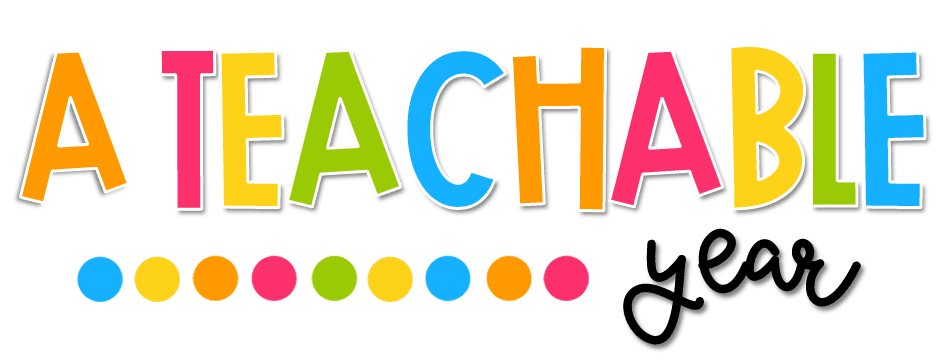What Are Choice Boards?
Choice boards are visual organizers that present students with a variety of learning tasks or activities, allowing them to select options that align with their interests, learning styles, or proficiency levels. These boards typically feature a range of activities differentiated by content, complexity, or mode of learning.
How Choice Boards Benefit ESL Learning:
1. Personalized Learning: Choice boards empower students to take ownership of their learning by providing autonomy to select tasks that resonate with them, fostering a more personalized educational experience.
2. Differentiation: They cater to diverse learning styles and proficiency levels within a single classroom, accommodating both struggling learners and those seeking greater challenges.
3. Engagement and Motivation: By offering choices, students feel more engaged and motivated, as they're more likely to invest effort in activities they find interesting or enjoyable.
4. Varied Skills Development: Choice boards can encompass a range of language skills, from reading and writing to listening and speaking, ensuring holistic language development.
Implementing Choice Boards in the ESL Classroom:
1. Design with Diversity: Create boards with a mix of activities that target various language skills (reading, writing, speaking, listening), incorporating different formats such as games, projects, worksheets, or multimedia resources.
2. Clear Instructions: Provide clear and concise instructions for each task, accompanied by examples or models to aid comprehension, especially for non-native speakers.
3. Level Appropriateness: Tailor boards to suit different proficiency levels, offering tasks that gradually increase in complexity or difficulty.
4. Allow Flexibility: Permit students to choose a set number of tasks within a timeframe, encouraging time management and responsibility.
5. Review and Feedback: Regularly assess completed tasks and provide constructive feedback, emphasizing progress and improvement.
ESL Choice Board Activities:
Vocabulary Building: Create flashcards, make a word collage, write sentences using new words, or record themselves saying vocabulary words.
Reading Comprehension: Read a short story and create a comic strip summarizing the plot, write a book review, or act out a scene from the text.
Speaking and Listening: Record a dialogue with a partner, give a presentation on a topic of choice, or listen to an audio clip and answer comprehension questions.
Grammar and Writing: Complete grammar exercises, write a short story using specific grammar structures, or compose a poem about a given theme.
Incorporating choice boards into your ESL classroom can revolutionize the learning experience for your students, fostering autonomy, engagement, and a deeper understanding of the English language. By providing options and catering to individual preferences, these boards not only enhance language skills but also cultivate a positive and inclusive learning environment.
So, why not introduce choice boards in your ESL lessons today and witness the transformation in your students' enthusiasm for learning English!





No comments
Post a Comment
Thanks for your comment!